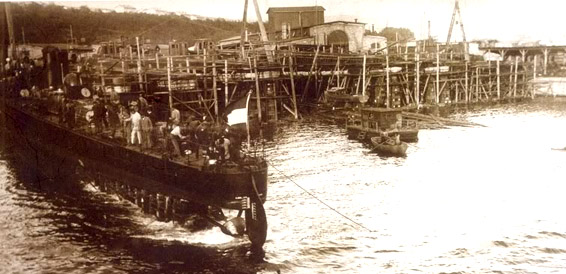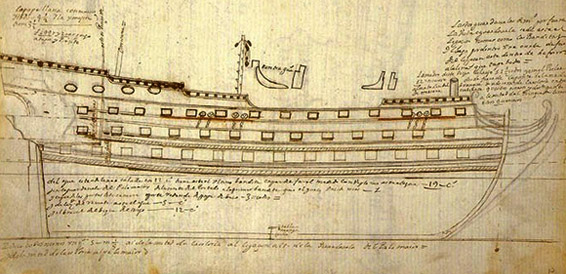
The first blueprints of ships were found in Grapceva Cave on the island of Hvar more than 4700 years ago. In 7th century BC, Liburns who settled the area between the rivers Krka in Dalmata and Rasa in Istria used to produce excellent ships. Remains of the sunken ship near the island of Mljet from the 1st century AC witness the trading routes between Greece and southern Italy. The construction of that ship tells us much about the shipbuilding in the area during that period. The vessel is over 20m long with 100t deadweight. With the arrival of Croats on the Adriatic shores in 7th century sailing and shipbuilding started gaining importance. Soon after, double and triple mast ships were being built, and these could be turned into powerful warships with little effort. Only in the 12th century did the ships get a rudder in the stern, allowing easier navigating. Even back then various shapes of ships existed depending on the purpose of the vessel, but narrow, low and long rowing boat silhouette with the addition of sails, taken over from the Liburns remained the longest, from 9th until 16th century. That was the time ships started gaining width, hight, with more masts and sails required for sailing cross the oceans. In 15th and 16th centuries shipbuilding grew the most in Dubrovnik Republic, when trading ship fleets were produced for sailing in the Mediterranean Sea as well as in the seas of the Far East.
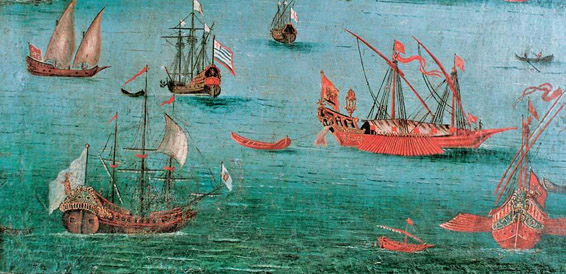
The economic growth rate had slowed down in 16th and 17th centuries due to wars against the Venecians and the Turks. Shipbuilding, however, was still the main economic branch in these areas. During that period Croats developed an impressive navy (uskoci from Senja area, Neretva pirates) and were fearsome fighters.
The Galley was one of the most interesting ships during the Middle Ages in the Adriatic sea; these were oar-powered vessels and sailing ships whose length often exceeded 50m. There were three rows or oars, with each row having up to five oarsmen. The Galley was the predecessor of the smaller Gajeta and Leut.
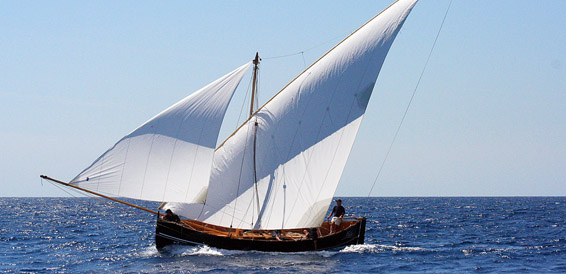 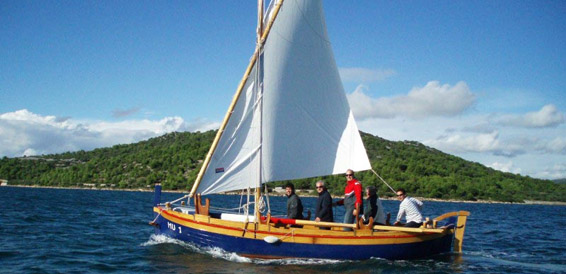 |
Special type of boats, Gajeta and Falkusa were mostly built in Korcula and widely used on the outer perimeter of islands such as Vis, mostly for fishing purposes.
In the early 18th century this was a peaceful area and the economy started to grow again. Shipbuilding reached its peak in the 19th century (Losinj, Cres, Silba, Korcula, Peljesac, Dubrovnik, Boka Kotorska). There was a long tradition of ocean-going sailing ships in the Adriatic.
